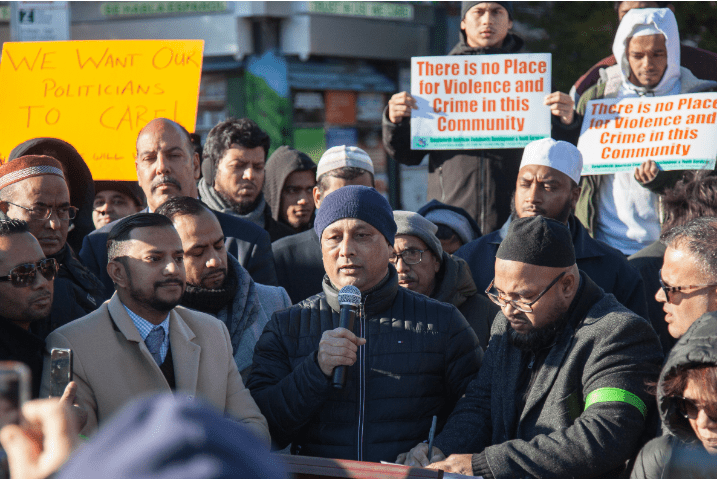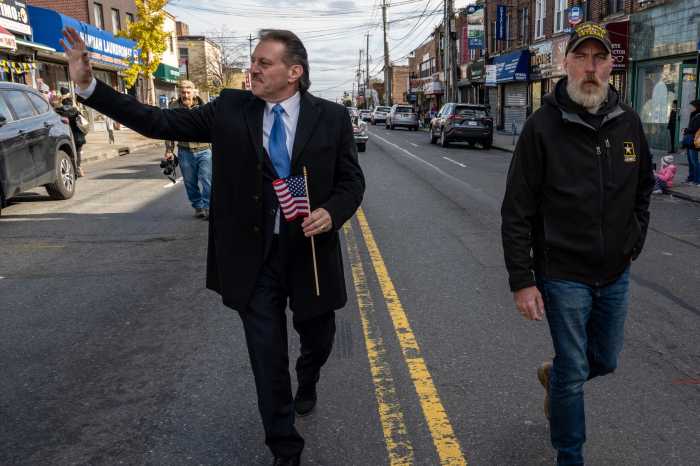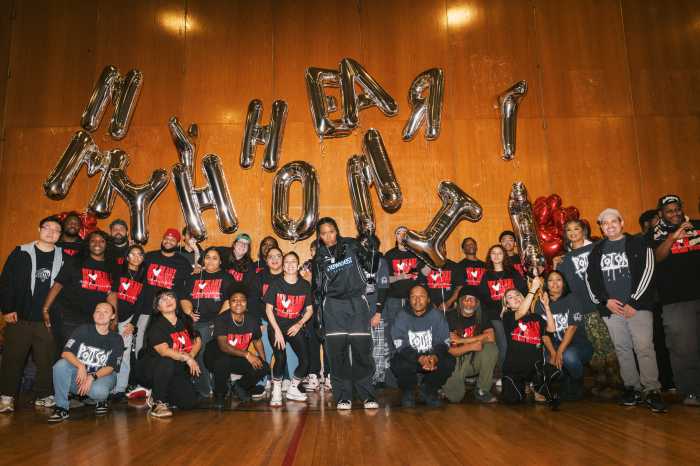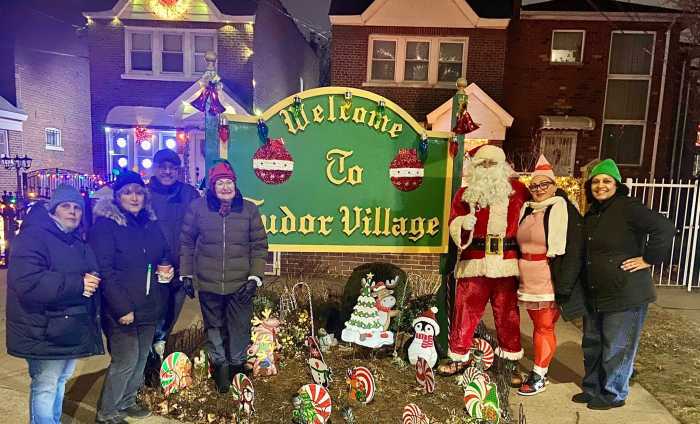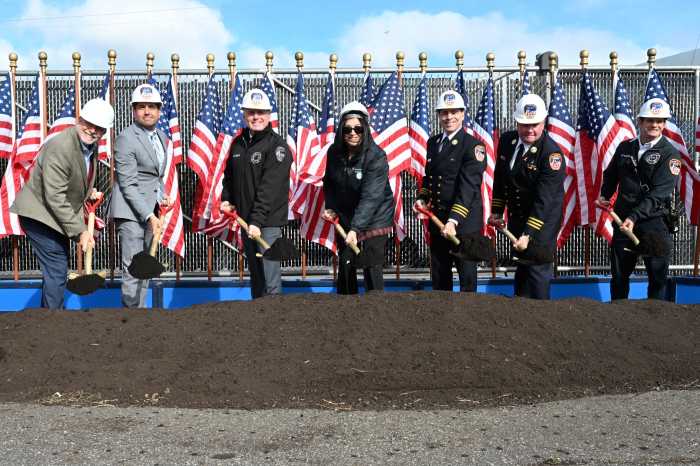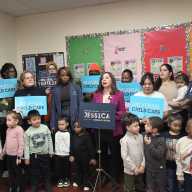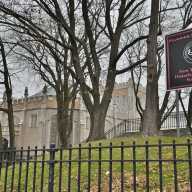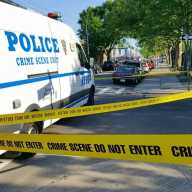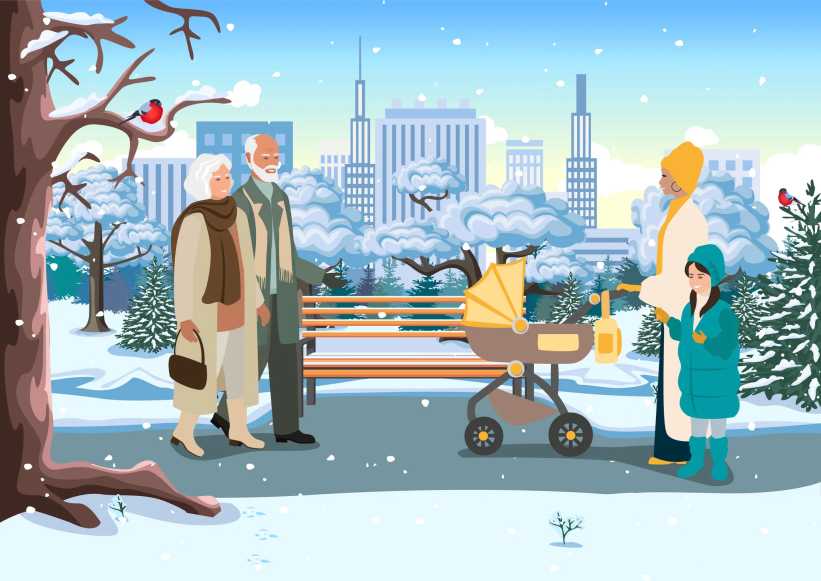A week after a radical demonstration in Brooklyn against the addition of 500 police officers to patrol the subway, a coalition of civic organizations in Ozone Park held a contrasting police protest: they rallied for more NYPD presence in their neighborhood.
After a series of violent attacks, several involving Muslim and Bangladeshi members of the community, a coalition of civic groups, police representatives and electeds came together in Liberty Park on Nov. 8 to demand more attention from the 102nd and 106th Police Precincts.
“We’re here to say enough is enough. We’re fed up. We’re tired of meetings and temporary solutions. We are tired of hearing that the police are on their way,” said Anwar Khan, a local teacher and imam, who led the rally.
The coalition’s demands included quicker police response time, more coordination between local precincts, stronger community outreach, better lighting in the neighborhood and the installation of police cameras in the vicinity.
The organization of the event was spurred by an attack on the evening of Nov. 1, when an Ozone Park resident was beaten bloody in the 80th Street A Train station by a group of men after he refused to open the emergency entrance for them, according to authorities.
The violent assault is the most recent in a string of incidents in the Liberty Avenue area, where last month a Bangladeshi delivery driver was attacked at knife-point and a shooting broke out in March. Khan added that the community is still grieving for a local imam and his assistant, who were gunned down on nearby in 2016.
While the organizers of the event were critical of the current dearth of police presence in the neighborhood, they were careful not to assert it to be directly motivated by race. Several speakers connected lags in public safety to the unequal distribution of city resources to immigrant communities, where language barriers and fear of deportation stops residents from building bridges with the city or registering with the census.
“There seems to be a disparity in immigrant communities compared to more established communities, were their rights are more vigilantly protected,” said speaker and former District Leader Albert Baldeo. “I think that people respond more when people complain more and ignore the silent immigrant voices in the community.”

In addition to the large crowd of Muslim residents, the event gathered elected leaders including Brooklyn Borough President Eric Adams, Assemblywoman Stacey Pheffer-Amato, Assemblyman Mike Miller, state Senator Joe Addabbo and Aliya Latif, a liaison to the city comptroller.
They were joined by Queens South Assistant Chief David Barrere and the newly appointed 106th Precinct Captain John W. Costello, who stood in front of the podium listening to the speakers’ measured criticism in stride.
“If I don’t know what’s going on, I can’t address it. So again, we will never look into an immigration status. That has nothing to do with anything. We just want to help people — we want to help you,” Costello said.
In addition to NYPD, the protest was brought out members of the Muslim Community Patrol, the all-volunteer police force that sprung up in Brooklyn and Queens after the Christchurch, New Zealand, shooting. An organizer of the rally, Felicia Singh said that community solutions are as important building bridges with the NYPD. She framed the rally as a way to bring members of the community together.
“We’re all a part of ensuring safety. Not just the police. Anti-police really happens when communities bind together to ensure their own safety,” Singh said.

